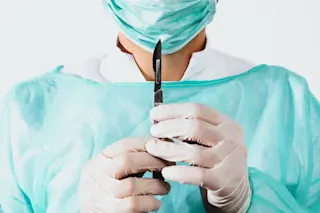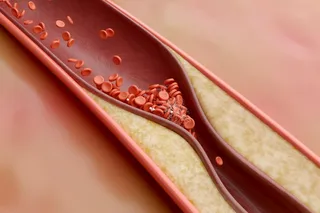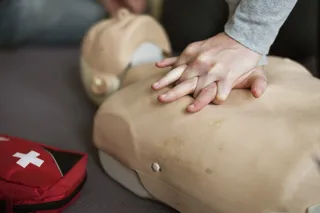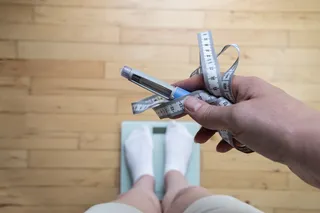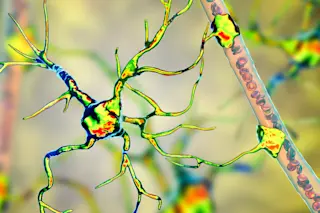It may sound like fodder for a supervillain origin story, but doctors experimenting on themselves in the name of science isn't as rare as you might think. And whether you view these forays as foolhardy or heroic, many have actually affirmed the science behind them: In a study of 465 cases of medical self-experimentation over the past 200 years, 89% led to results which supported the experimenter’s hypothesis. Even when the results were negative, some cases could still be considered beneficial due to their impact on future research.
Self-experimentation is a controversial subject, with valid considerations both for and against the idea. But there’s no denying that these experiments have led to novel discoveries in a number of areas. Here are five physicians who put themselves under the scalpel (sometimes literally) for the sake of scientific advancement.
(Credit: Wellcome Images/CC-by-4.0/Wikimedia Commons)
Wellcome Images/CC-by-4.0/Wikimedia Commons
In 1769, William Stark embarked on ...



